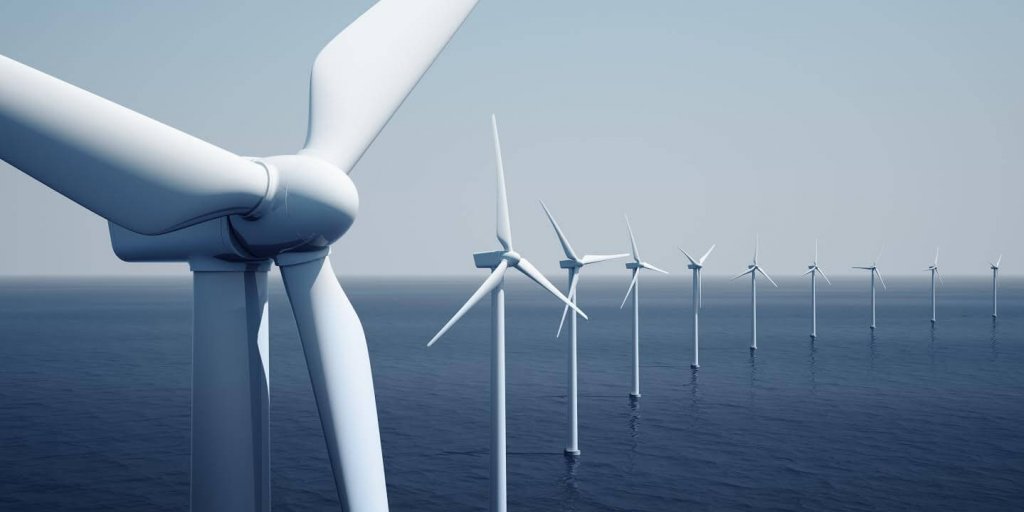Westwood Global Energy Group (WGEG), the energy market research consultancy, has launched its eighth annual World Offshore Wind Market Forecast, a definitive global analysis of all major offshore wind markets, global trends and projects for the period 2017 to 2026.

Westwood Global Energy Group’s annual World Offshore Wind Market Forecast contains country-by-country forecasts, detailing capital expenditure (Capex), operating expenditure (Opex), capacity and long-term renewables targets.
According to the data, WGEG expects the UK, Germany, and China to remain the global leaders of renewable energy – together accounting for 54% of total global expenditure. It also predicts that nearly 70% of global operating expenditure – €68 billion – will be spent across these three markets alone.
The report also predicts the emergence of other countries that are just starting to show growth.
“Ones to watch” include the U.S., which opened its first offshore wind farm off Rhode Island in late 2016, France which has initiated four floating wind farms expected online toward the end of the decade and Poland which will be adding a further 3.6 GW over the next decade.
“There will be a significant number of developments in the offshore wind market over the next few years,” said Gareth Hector, Head of Sales and Marketing at WGEG. “We are expecting a sharp rise in expenditure as E.U. countries in particular look to meet their 2020 renewables targets.”
“We also expect to see the emergence of new markets. Notably, we’ve seen the U.S. open its first offshore wind farm,” he added. “Whilst this seems at odds with current political decisions such as the withdrawal from the Paris climate agreement, we still see the potential for growth here, particularly if the industry is supported through incentives such as tax credits.”
Global hardware Capex is expected to total €288 billion, versus installation Capex at €88.6 billion and planning & development at €25.6 over the 2017 to 2026 period. The report is predicting an increase in demand for sub sectors supporting the use of installation vessels, helicopters and floating foundations. This is as a result of expected demand for bigger turbines (10 MW or more) in deeper water. Around 14,400 turbines are expected to be built over the next decade, alongside 16,000 foundations.
WGEG’s wind forecast has been enhanced considerably since last year’s edition and provides invaluable data to the likes of vessel contractors, original equipment manufacturers (OEMs), design companies and private sector investors. New features include:
- A country-by-country analysis taking into account renewable energy targets.
- A more in-depth capital expenditure analysis split into planning and development, hardware and installation expenditure.
- New additions to the countries surveyed – Denmark and Poland – taking the total to 11.
- A comprehensive list of every single project worldwide, excluding those that are not yet past conceptual stages.
“All of this is coupled with an underlying increase in project scale over the next decade – larger, deeper water turbines, which are being run increasingly by consortiums in order to spread the financial cost/risk,” said Hector. “These changes are already heralding opportunities for companies developing new technologies as well as those supporting sectors such as cables and sub stations, all of which are set to see strong growth.”
To learn more, please click here.
Filed Under: News, Offshore wind, Projects




